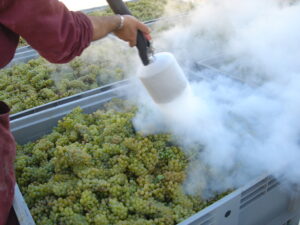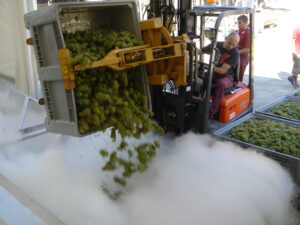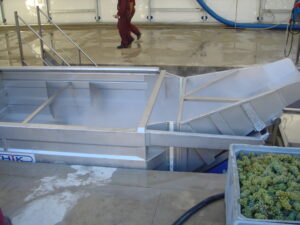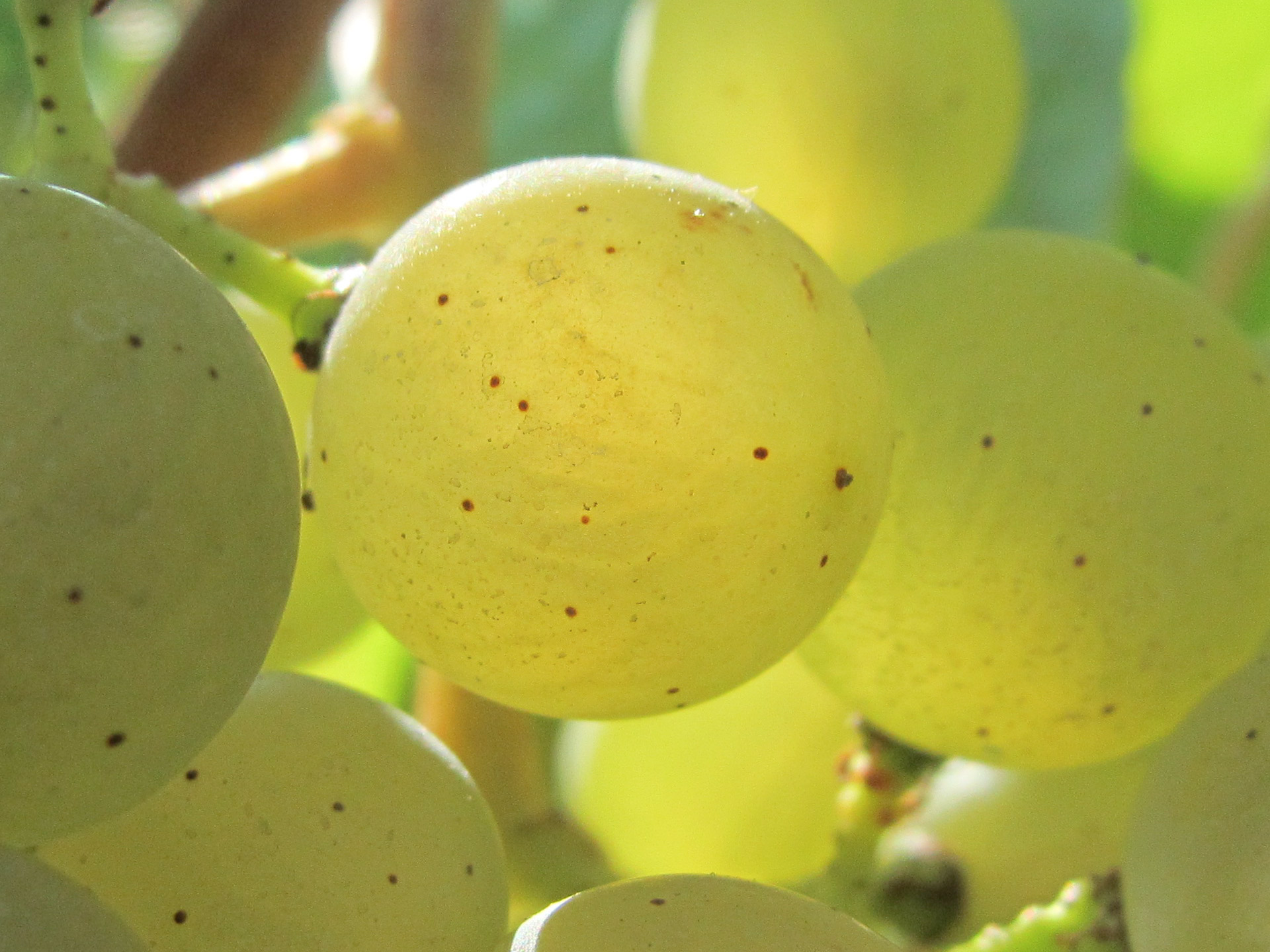
Brolio Highlights
09 April, 2021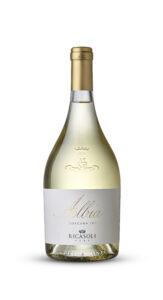
The first step of white wine fermentation is destemming, that is, the separation of the berries from the stem, followed by a soft pressing of the grapes to extract part of the juice. This is called the “free-run must” and it is immediately separated from skins and grape seeds. The main difference from red wine fermentation is therefore the absence of maceration of the solid parts of the bunch with the juice.
One exception to the process of white wine fermentation described above is cryomaceration, a typical procedure of white winemaking, during which the grapes remain in contact with the skins for a few hours at low temperatures (between 5°C and 8°C) to extract the primary aromas available. The low temperature and short contact prevent the start of alcoholic fermentation and the extraction of tannin and polyphenols, keeping the color unchanged and avoiding bitterness and astringency. At the same time, white wines with more intense and defined aromas are obtained. For example, Albia Bianco, obtained from Sauvignon Blanc, Chardonnay and Malvasia grapes, which remains in cryomaceration for a few hours at 5°C, and then ferments in stainless steel tanks, arrives in our wineglasses with all its freshness.








